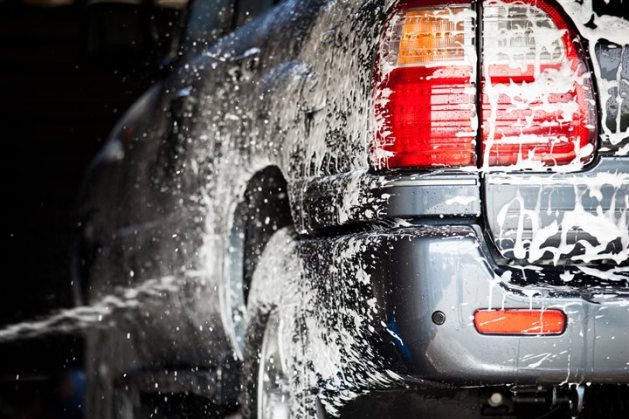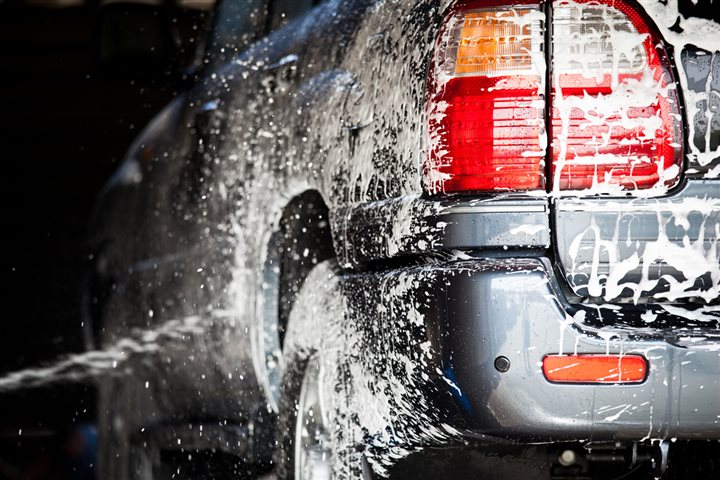
Your car is one of your most prized possessions. It’s your road-trip partner, your chauffer each morning and your home away from home when you’re on the go. Because you depend on your car for so much, you want to protect and keep it running as long as possible.
As the seasons change and winter approaches, protecting your vehicle becomes even more important. Before cold weather strikes, make sure to follow these tips to keep your vehicle running in perfect condition. The better the condition of your vehicle, the longer it will last and the higher the resale or trade-in value.
- A clean car is your first line of defense against winter. While the winter season typically takes a toll on your car, proper maintenance can go a long way to preserving your investment. For example, according to the International Carwash Association, getting a new wash and a fresh coat of wax before the temperature starts to fluctuate can be your first line of defense against winter elements like ice, salt, sand and slush. Vehicular corrosion also occurs most quickly when temperatures rise and then fall below freezing. That’s why most auto manufacturers recommend getting your car washed and waxed at a professional car wash twice a month, especially during the winter.
- Using a WaterSavers car wash can is a strong first step to ensuring that your car will be ready to withstand the winter elements – inside and out. It’s also a great way to protect the environment. For example, these car washes typically use only 40 gallons (151.5 liters) or less of fresh water per car wash. Learn more and find a WaterSavers wash at Washwithwatersavers.com.
- Rotate your tires. Most people know they should get their oil changed every 3,000 miles, but many forget their tires need maintenance as well. Tires should be rotated before winter and then again every 6,000 miles.
- Add some winter weight to your oil. Changing your oil and filter is especially important during the winter. Drivers who live in a colder climate should consider changing to heavier, winter-weight oil during the winter months.
- Take care of your wiper blades. Your windshield wiper blades are your first line of defense when the snow starts to fly. Make sure your wiper blades are in good, working order and replace them if you have doubts. It’s better to make this change now instead of finding out your blades aren’t working when you really need them.
- Take your car in for a tune-up. Any noises, pings or sluggish starts you currently notice will only intensify as the temperature drops. It’s best to get your vehicle in for a tune-up as soon as possible to get any issues addressed.
- Give your steering some power. Check your powering steering fluid each month, and make sure the car is warmed up before you do so. If you find the level is low, look for leaks in the hoses or pump. Low power steering fluid will make your car more difficult to steer, which is something you’ll want to avoid as the roads get slick.
- Protect yourself from carbon monoxide. Carbon monoxide leaks are dangerous at any time, but they are especially deadly during the winter when you will be driving your vehicle with the windows closed. Have your exhaust system checked to make sure no leak exists.
- Apply the brakes. Besides the seatbelt, your car’s brakes are its most important safety feature. This is especially true in the winter when slippery conditions can make stopping difficult. Before the first snow fall, bring your car to an experienced mechanic to verify that your brakes are ready for the season.
Cold winter temperatures mean vehicle maintenance is even more important. By following these simple tips listed above, you’ll be able to ward off winter’s harshest advances, protect your investment and what rides inside of it. To learn more about protecting the value of your vehicle, visit Washwithwatersavers.com.



